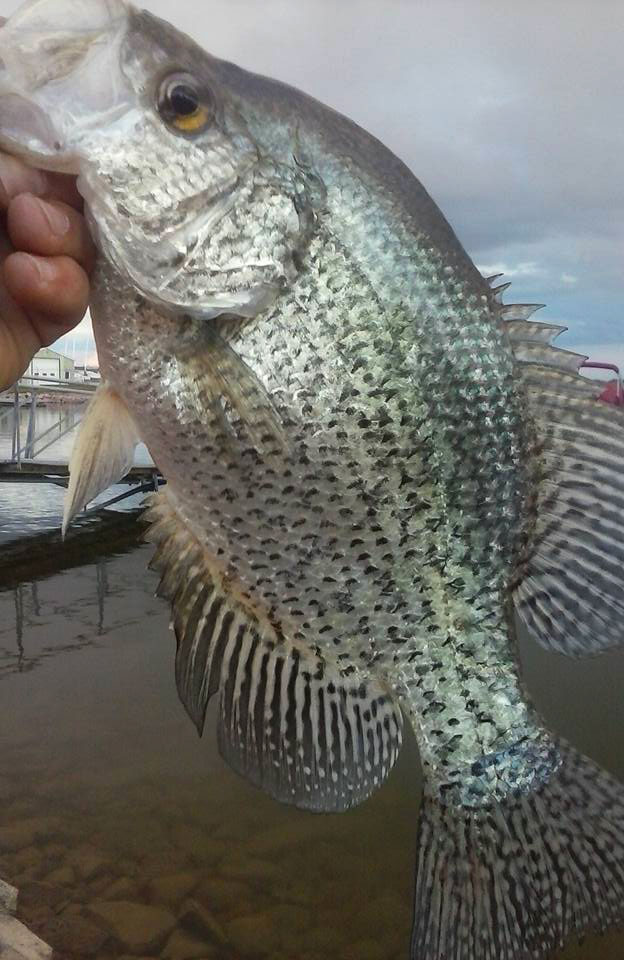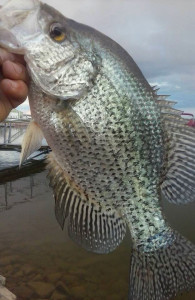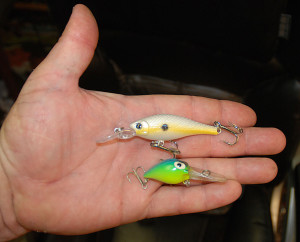
By Chris Erwin
For the second week, I have been fishing the Licking River, which is the river that feeds Cave Run Lake near Morehead, Ky. Last week, I was in the bass boat mostly fishing for bass. However, I caught more crappie than I ever expected too using crankbaits.
This week I had some work to do in the fish camp, so I didn’t take my bass boat. I figured I’d do a little night fishing from the pontoon boat using the crappie lights I described in an earlier article.
While it sounded like a good plan, as it works out it didn’t produce the results I had hoped for. I fished until about 1 a.m. and only caught three crappie. These were not the results I expected.
Of course, I didn’t follow my own guidelines for fishing this way, and I paid for it. What I was referring to is finding a point near the channel, tying to the bank then backing off about 30 to 50 foot and dropping anchor on the other end of the boat. This way, you sit in the same location in the channel, where you also set up your lights. I also recommend fishing with both live bait and Berkley Crappie Nibbles on a soft plastic jig. I just floated around in the channel using a jig, and it turned out to be a waste of time.

The next day I decided to go with a spinning rod, light line and small crankbaits. I have a trolling motor mounted on the pontoon boat and casting chairs mounted in the porch area of the boat. I knew where I was catching crappie on bass size crankbaits so I figured I would try that pattern first.
I was catching fish anywhere there were laydown trees that extended out to the edge of deeper water, working the locations slowly. Making a lot of casts proved to produce. I used both a medium and a deep running crankbait. White seem to produce better than any other color and a stop-and-go retrieve triggered more strikes than a steady retrieves.
Using this method, I caught 30 crappie and 15 bass. The crappie I kept. This is my favorite fish to eat. They were all over nine inches. I released every crappie smaller than that and all the bass.
The rod I was using was a 12-foot B&M crappie rod with a small ultra-light spinning reel, so every fish was a battle. A 12-inch crappie feels like five-pound bass on this rig. For a mid-summer fun trip I found it to be well worth the effort.
One of the things I figured out pretty quickly was boat position. I needed to get the boat where the wind wasn’t blowing me into the down trees I was casting. I tried to cast the up-river side of the tree first. This area had some still water much like an eddy and produced better than the lower side.

Casting parallel to the end of the tree also produced. The key was many casts and working each cast using a stop-and-go presentation. I used 10-pound test line. This let me get good depth even on the small crankbaits.
After casting a tree for 15 minutes, or so, I would move to a new location spending enough time to see if any fish were holding on that tree. If I caught a fish I would spend the full 15 minutes on that location, or as long as I was still getting strikes. However, after casting all sides without a strike, I would move on.
If you haven’t tried this method to catch crappie I would highly recommend you give it a try. Right now on the river at Cave Run Lake this pattern has been holding steady and I expect it to hold for a few more weeks until we see a water temperature change or a rain event that changes the water level.
I might add this is a great trip to take a kid fishing. They should be skilled enough to cast their lure, but the action can be worth the effort.


Be the first to comment